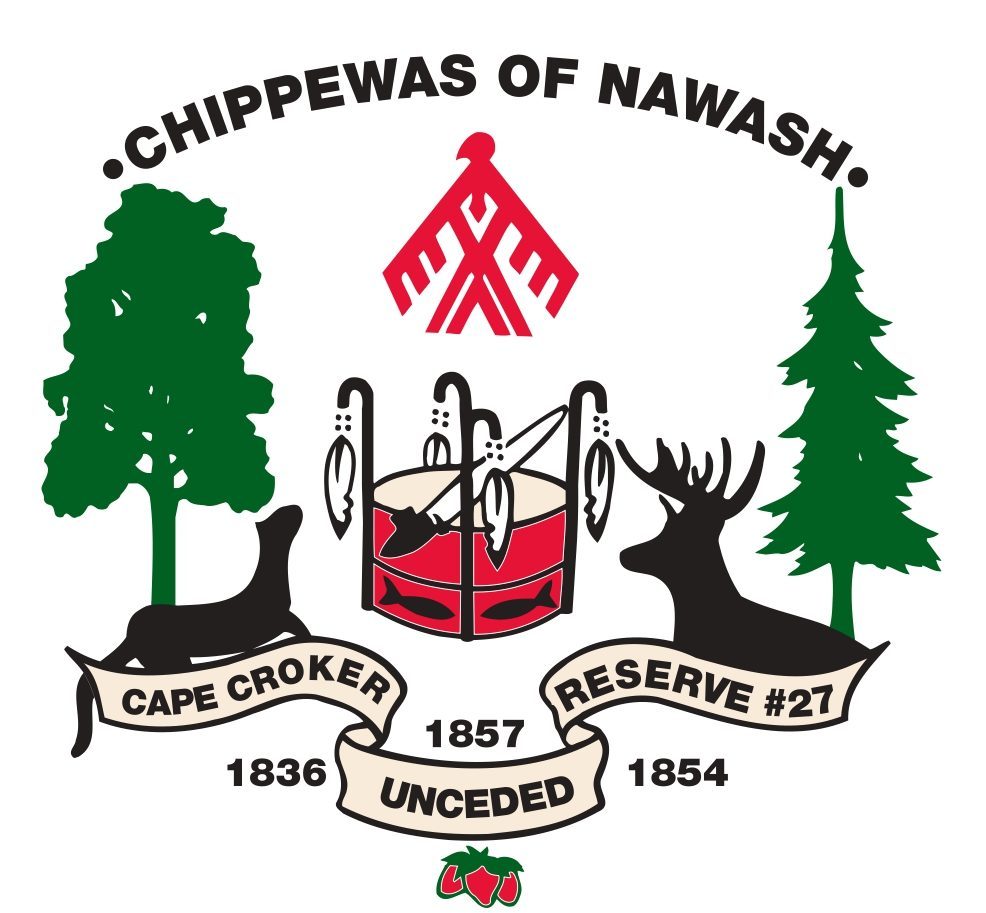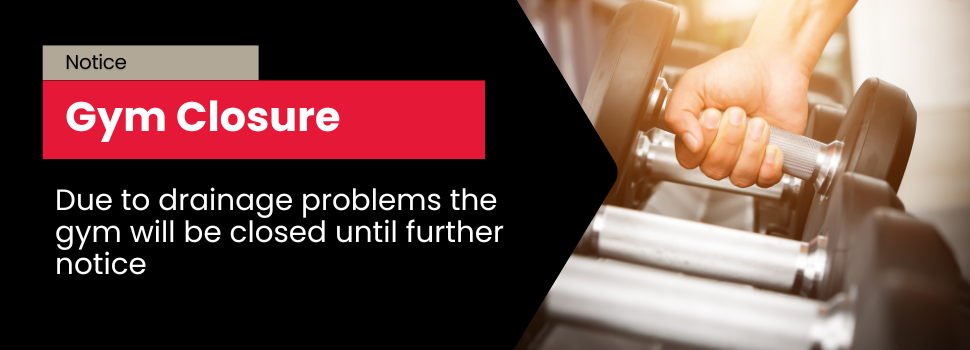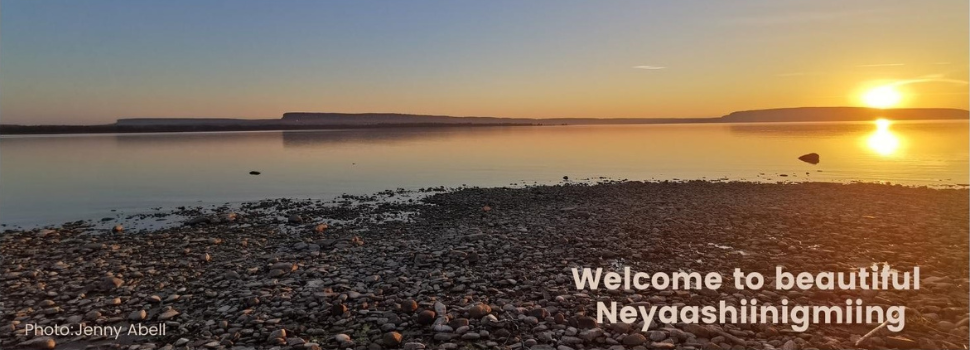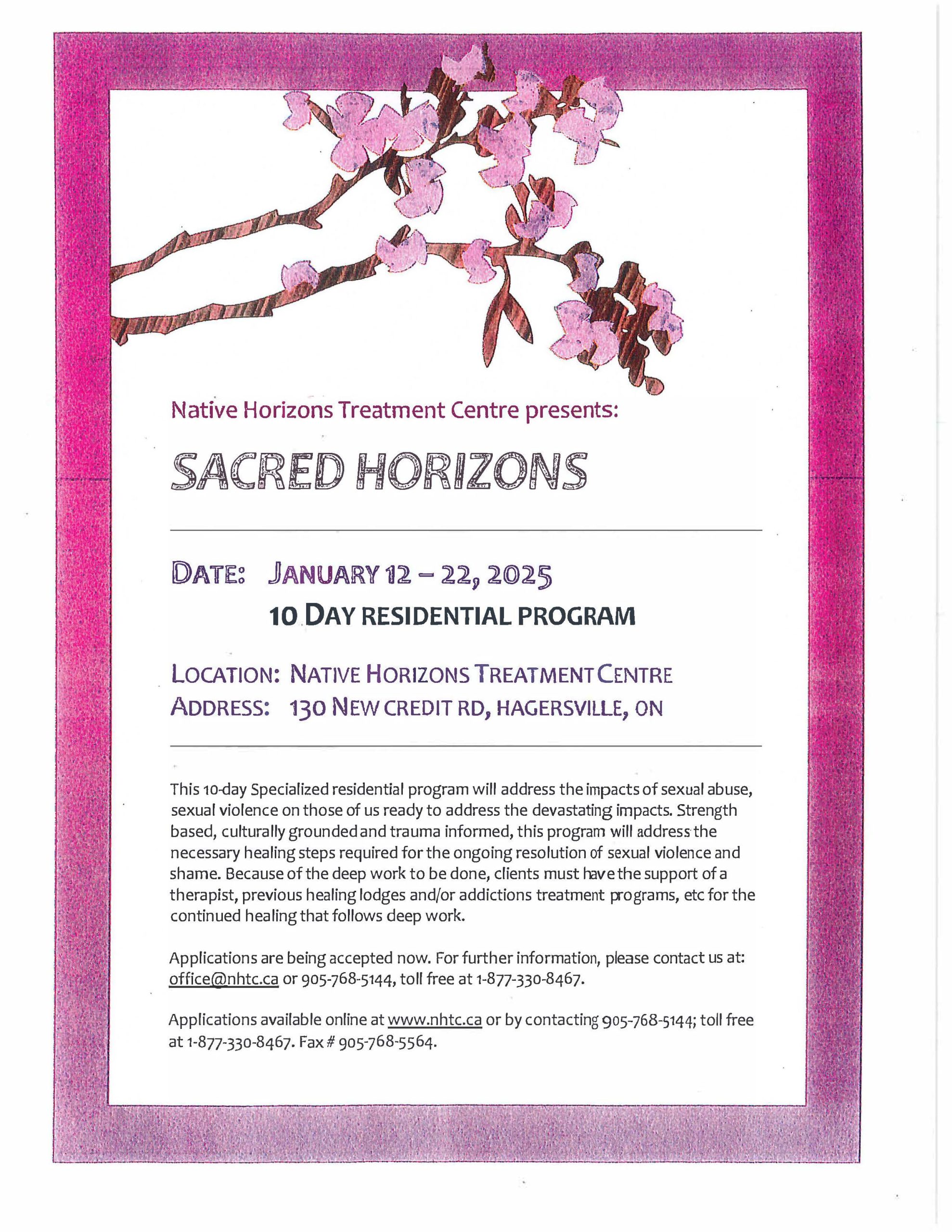---
Looking for support? Don’t hesitate to call these numbers:
📞 911 - Medical Emergencies
📞 988 - Mental Health & Addiction Emergencies
📞 1-855-242-3310 - Immediate Mental Health Counselling and Crisis Intervention for Indigenous Peoples
📞 1-877-470-5200 - Mental Health Crisis Line of Grey Bruce
You are not alone—help is always available! ❤️
CONTACT US:
Chippewas of Nawash Unceded First Nation Administration Building
135 Lakeshore Blvd. Neyaashiinigmiing, ON N0H 2T0
Tel: 519-534-1689 | Fax: 519-534-2130
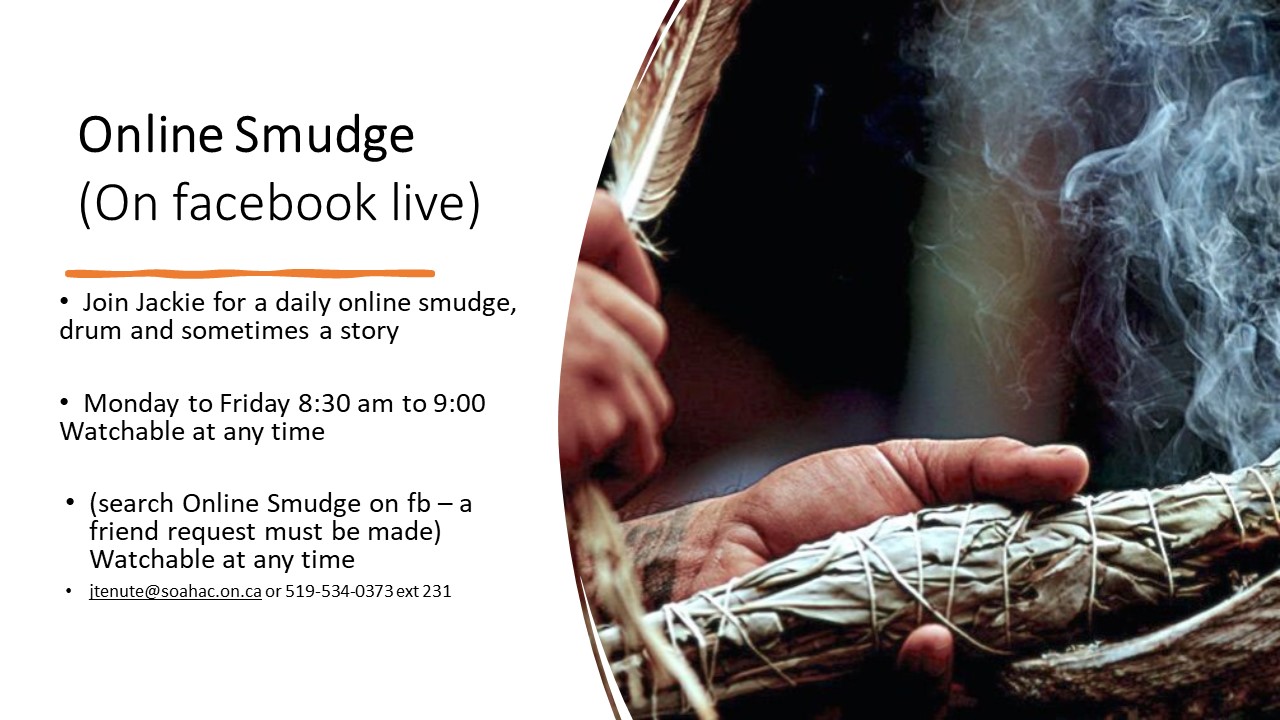
Understanding the Spawning Behavior of Lake Whitefish: A Collaborative Study
Lake whitefish, or Dikameg, plays a crucial role in both their ecosystem and the cultural heritage of the Saugeen Ojibway Nation. However, much remains unknown about their spawning behavior. In an effort to shed light on this, scientists from Trent University, the Ministry of Natural Resources and Forestry, and the Saugeen Ojibway Nation collaborated on a groundbreaking study.
Utilizing advanced tracking technology, they monitored 50 tagged whitefish at the Port Elgin (Firehouse) shoal in Georgian Bay, Lake Huron. Their findings revealed fascinating patterns: whitefish arrive at the spawning grounds in a distinct sequence, stay for about a week, and then depart. Typically, males are the first to arrive, and the fish move to shallower waters at night, retreating to deeper areas during the day. Interestingly, females swim faster during daylight hours, while males are more active at night. Throughout the spawning season, whitefish transition from deeper to shallower waters.
This research provides invaluable insights into the timing and locations of whitefish spawning, crucial for conservation efforts to ensure the species' future sustainability. To find out more visit: https://www.limnology-journal.org/articles/limn/full_html/2024/01/limn240009/limn240009.html
<º)))>< <º)))>< <º)))>< <º)))>< <º)))><
